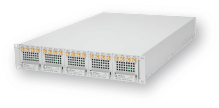 The increasing demand for 5G connectivity necessitates robust interoperability testing across diverse base station equipment within telecom laboratories. RFOptic’s RF over Fiber (RFoF) solutions offer a superior approach to traditional coaxial infrastructure, enabling efficient and effective 5G testing.
The increasing demand for 5G connectivity necessitates robust interoperability testing across diverse base station equipment within telecom laboratories. RFOptic’s RF over Fiber (RFoF) solutions offer a superior approach to traditional coaxial infrastructure, enabling efficient and effective 5G testing.
The challenge
A leading telecommunications provider was looking for an RFoF solution to conduct 5G interoperability testing in its European labs. The existing RF switches and coaxial cable setups imposed significant constraints on frequency ranges and distances required for thorough 5G testing. This limited the ability of the telco to validate equipment from multiple providers effectively.
Testing RFOptic’s bidirectional solution
To address these challenges, the telco tested RFOptic’s bidirectional solution for several weeks. The telco wanted to test this solution, since RFOptic bidirectional systems serve a critical role in interfacing various types of equipment across different labs, facilitated by the integrated optical switch.
RFOptic’s bidirectional modules are designed for applications where an uplink as well as a downlink are required such as Transmit/Receive antenna interfaces. In such a case, applications require a single fiber solution utilizing WDM method. The programmable bidirectional RF over Fiber (RFoF) units are especially suitable for remote antennas communication, Satcom, 4G LTE, and broadable bidirectional RF over Fiber (RFoF) units are especially suitable for remote antennas communication, Satcom, 4G LTE, and broadcast.
Key features include:
- Frequency 1MHz -4GHz
- Utilizes WDM technology
- Better linearity, excellent gain flatness, and Tx, Rx and Link gain control
- Noise figure down to 6 dB with LNA
- Internal microcontroller allows RF and Optical control enabled by software
- End-to-end diagnostics reduce installation and maintenance time, enabled by software
- Gain control; S21(f) typical of ±1 dB for 90°C variation, utilizing special algorithm
- Remote management by GUI on PC
- Impedances of 50 Ohms and 75 Ohm
- An SNMP remote management can be added
The result
After performing a comprehensive range of tests to evaluate RFOptic’s performance capabilities, the telco concluded that RFOptic’s system was meeting the stringent requirements necessary for 5G testing. The telco opted to purchase RFOptic’s HD 4GHz system, which features the capacity to support up to 20 bidirectional links across five modular drawers. This selection was driven by the system’s exceptional performance, compact design, and innovative management and monitoring capabilities, which significantly reduce operational expenditures (OPEX) and integration time.
RFOptic bidirectional solution also act as a technology demo system, showing other departments within the telco the capabilities and advantages of the RFoF solution for advanced testing scenarios..
Conclusion
This case study underscores the escalating demand for RFoF solutions in 5G testing subsystems, especially where conventional RF routing approaches prove impractical due to distance and frequency constraints. RFOptic’s RF over Fiber solutions provide telecom labs with an effective tool for conducting comprehensive 5G interoperability tests. By replacing outdated coaxial infrastructure with cutting-edge RFoF technology, telecom operators can enhance testing capabilities, improve operational efficiency, and support the increased adoption of 5G networks.


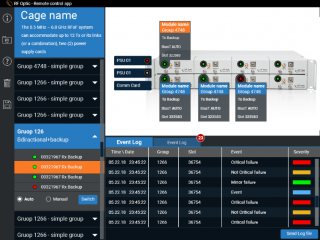 As a technology-driven company, RFOptic enhances its offerings to incorporate the latest tech trends and to respond quickly to shifting market demands. One of our flagship offerings is our
As a technology-driven company, RFOptic enhances its offerings to incorporate the latest tech trends and to respond quickly to shifting market demands. One of our flagship offerings is our 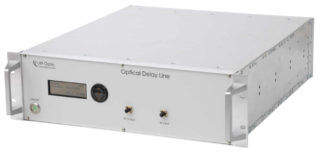 As RFOptic, we offer our customers 4 groups of products, namely RFoF off-the-shelf links, subsystems, Optical Delay Lines, and customized systems. In this blog post, we will focus on Optical Delay Lines and their intricacies. We have a proven track record in various industries, including telecommunications, aerospace, and defense. RFOptic’s optical delay lines are known for their high-performance thanks to our cutting-edge technology combined with a customer-centric approach. This means that RFOptic’s optical delay lines (ODLs) meet the most stringent requirements for accuracy, reliability, and performance.
As RFOptic, we offer our customers 4 groups of products, namely RFoF off-the-shelf links, subsystems, Optical Delay Lines, and customized systems. In this blog post, we will focus on Optical Delay Lines and their intricacies. We have a proven track record in various industries, including telecommunications, aerospace, and defense. RFOptic’s optical delay lines are known for their high-performance thanks to our cutting-edge technology combined with a customer-centric approach. This means that RFOptic’s optical delay lines (ODLs) meet the most stringent requirements for accuracy, reliability, and performance.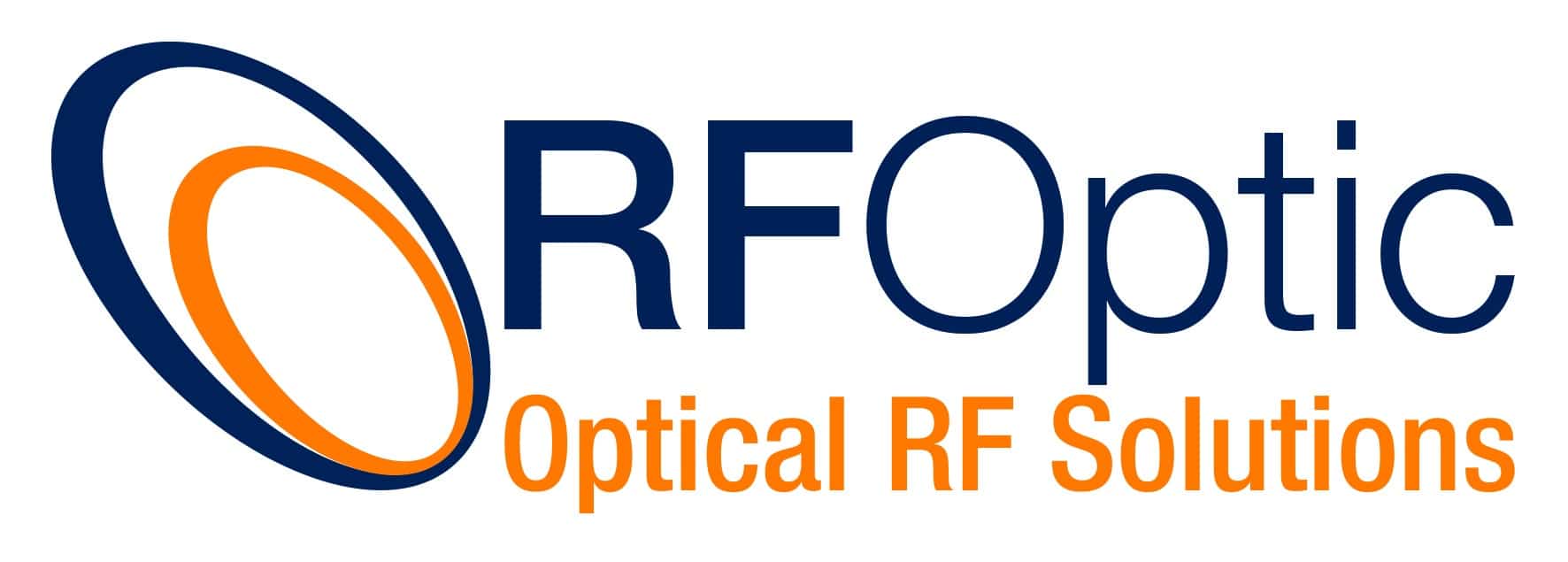
 In general, some Asia Pacific countries, led by China, India, Japan, and South Korea, are investing considerably in homeland security and defense applications. For the last few years, RFOptic has made significant progress in various markets in Asia. Based on our commercial success, we are looking forward to accelerating our growth across several key Asian markets this year. We will expand our footprint in the local EW & Defense and 5G testing sectors thanks to the increasing demand for advanced optical RF solutions. Let’s have a closer look at our progress in more detail, focusing on Japan, India, Vietnam, China, and South Korea.
In general, some Asia Pacific countries, led by China, India, Japan, and South Korea, are investing considerably in homeland security and defense applications. For the last few years, RFOptic has made significant progress in various markets in Asia. Based on our commercial success, we are looking forward to accelerating our growth across several key Asian markets this year. We will expand our footprint in the local EW & Defense and 5G testing sectors thanks to the increasing demand for advanced optical RF solutions. Let’s have a closer look at our progress in more detail, focusing on Japan, India, Vietnam, China, and South Korea.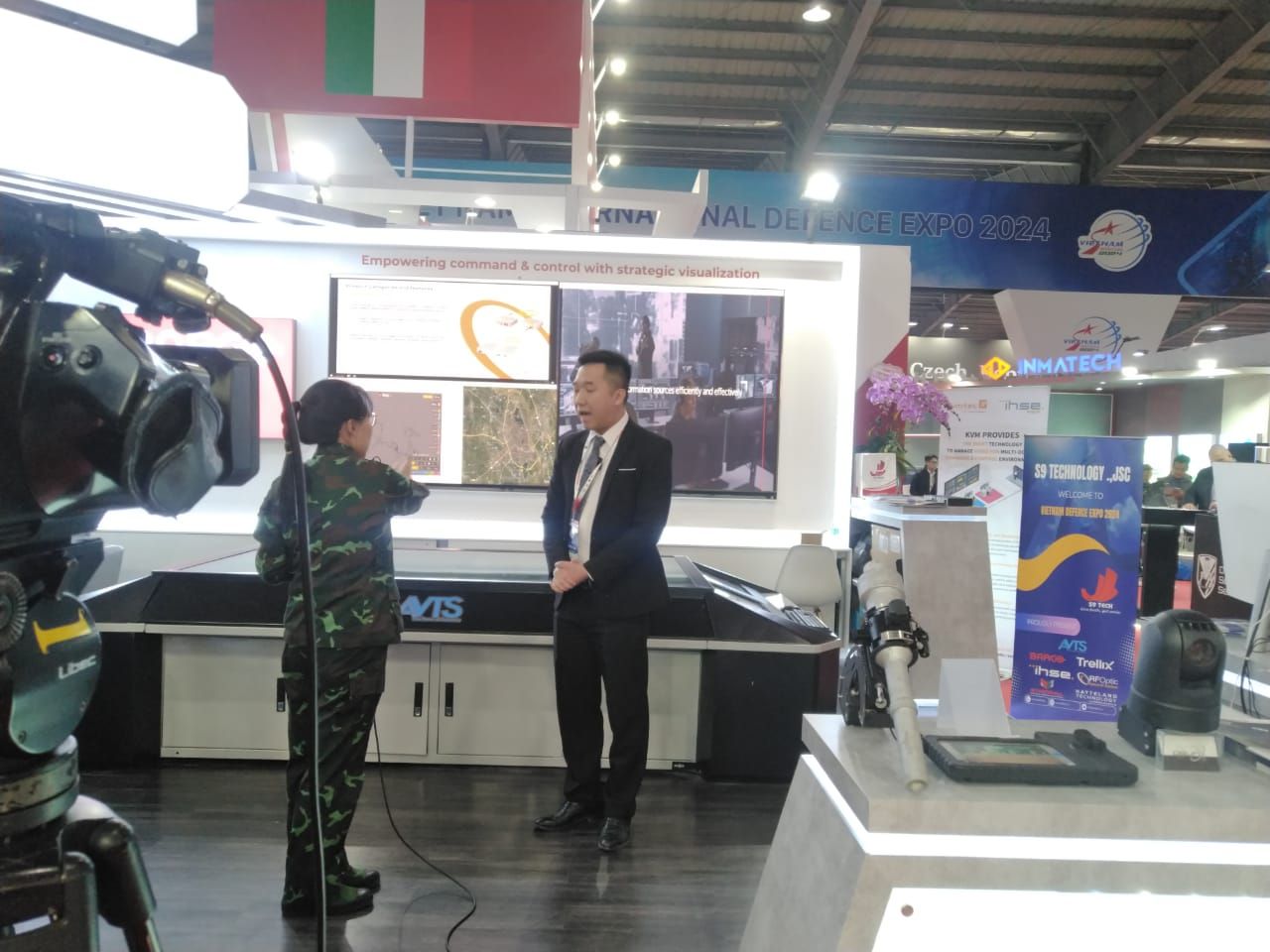
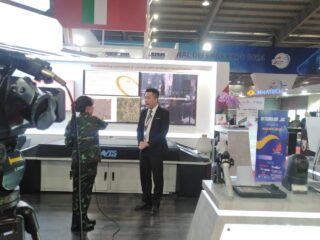 RFOptic’s Presence at Vietnam Defense Expo 2024
RFOptic’s Presence at Vietnam Defense Expo 2024